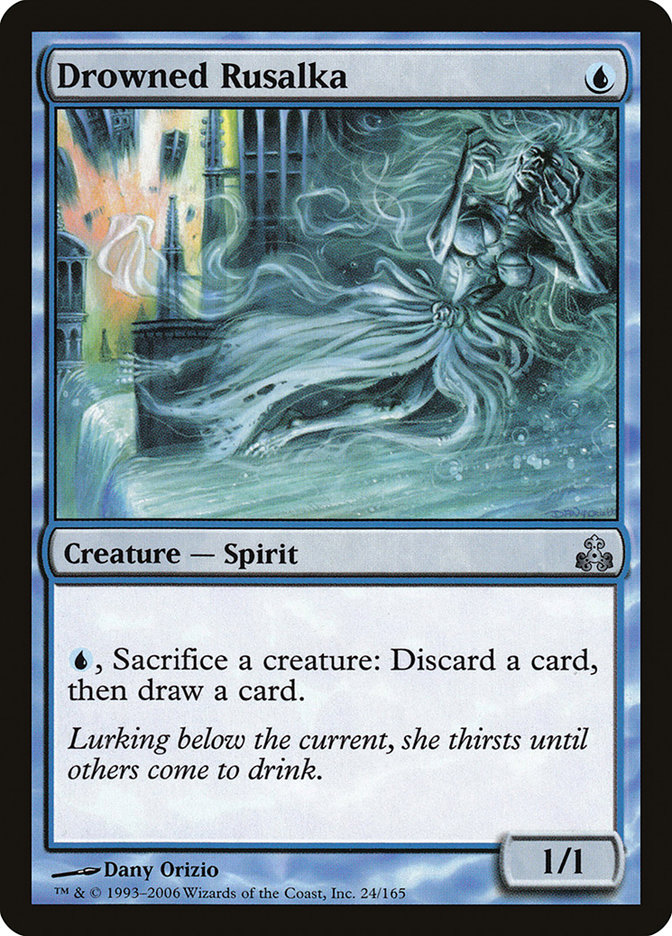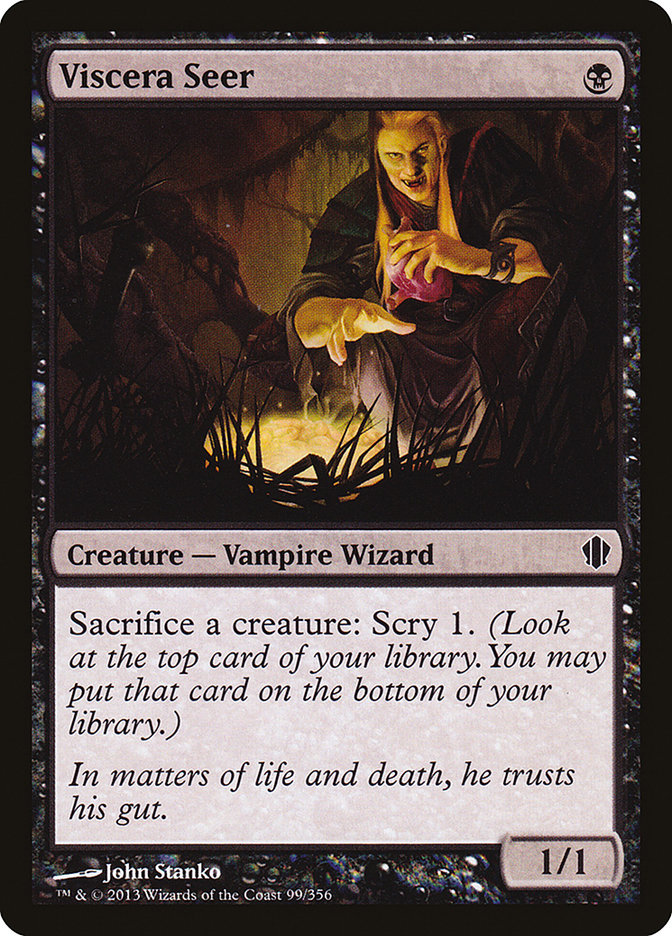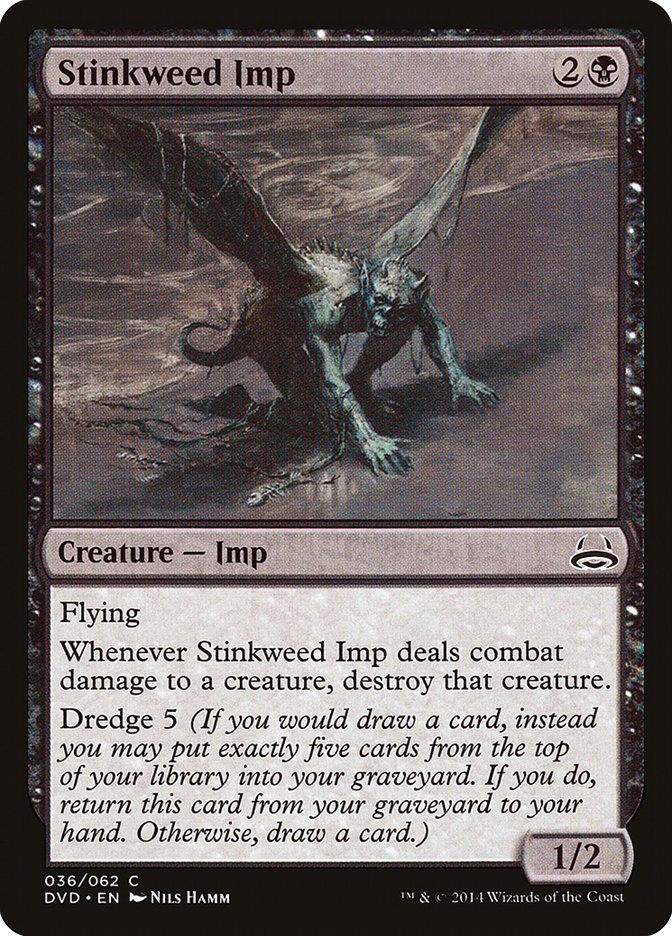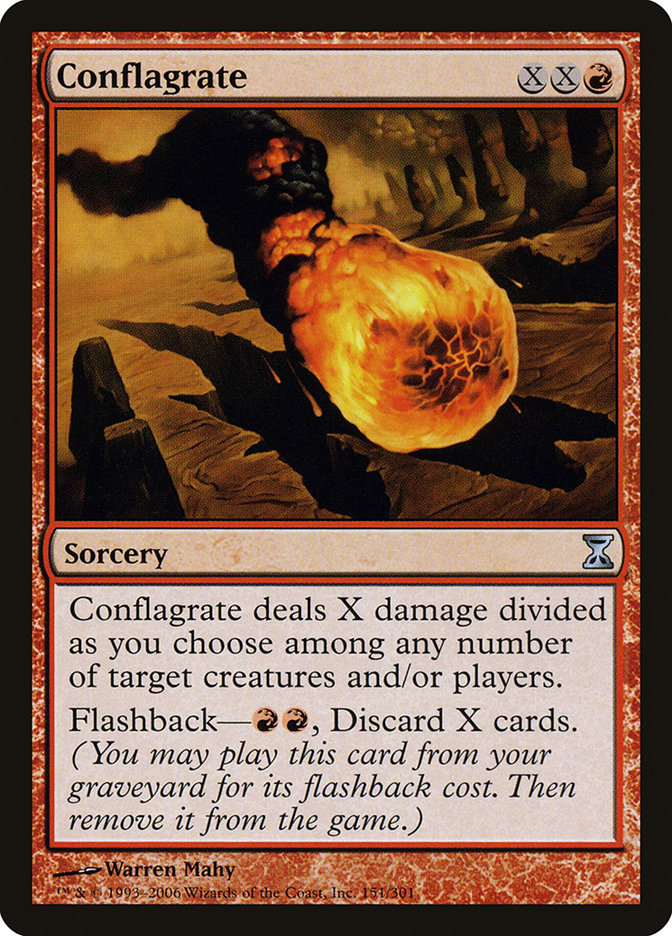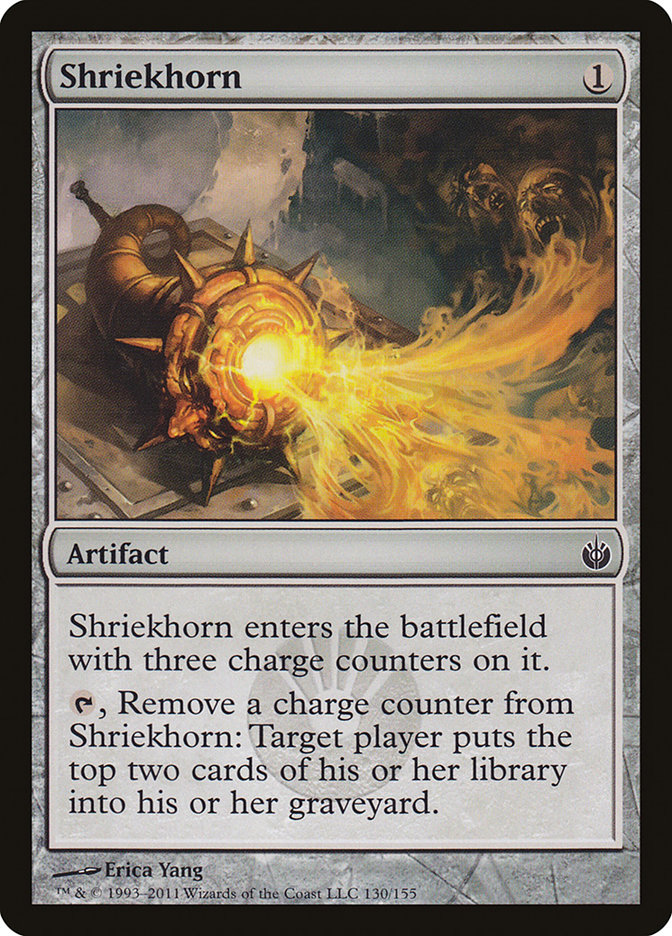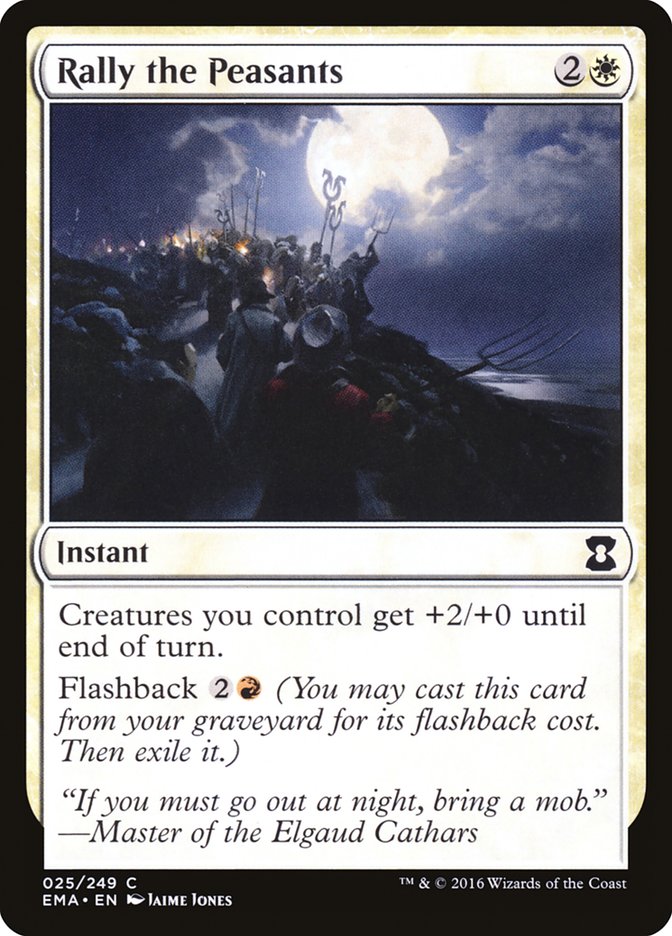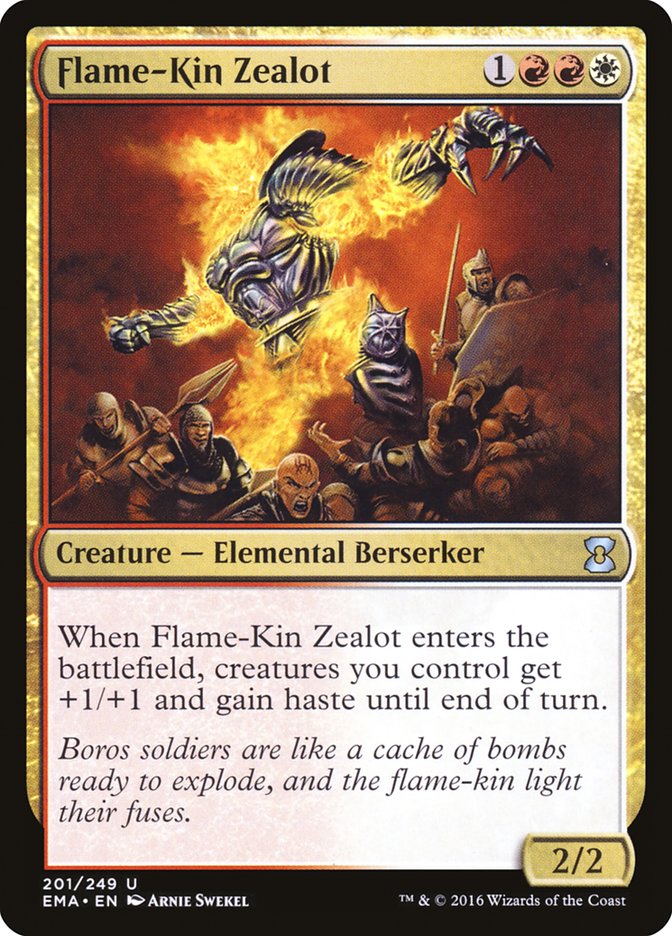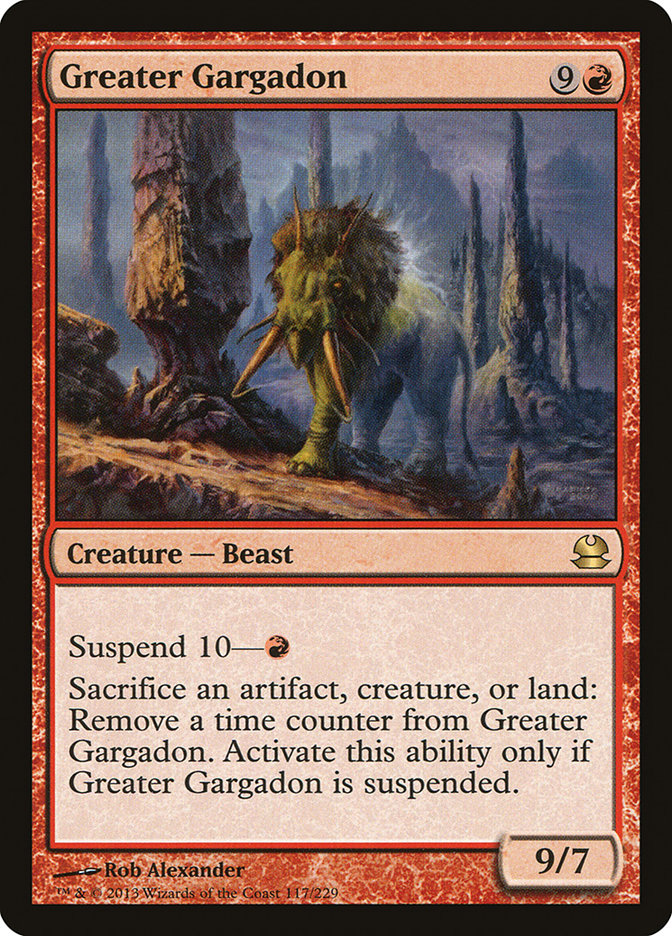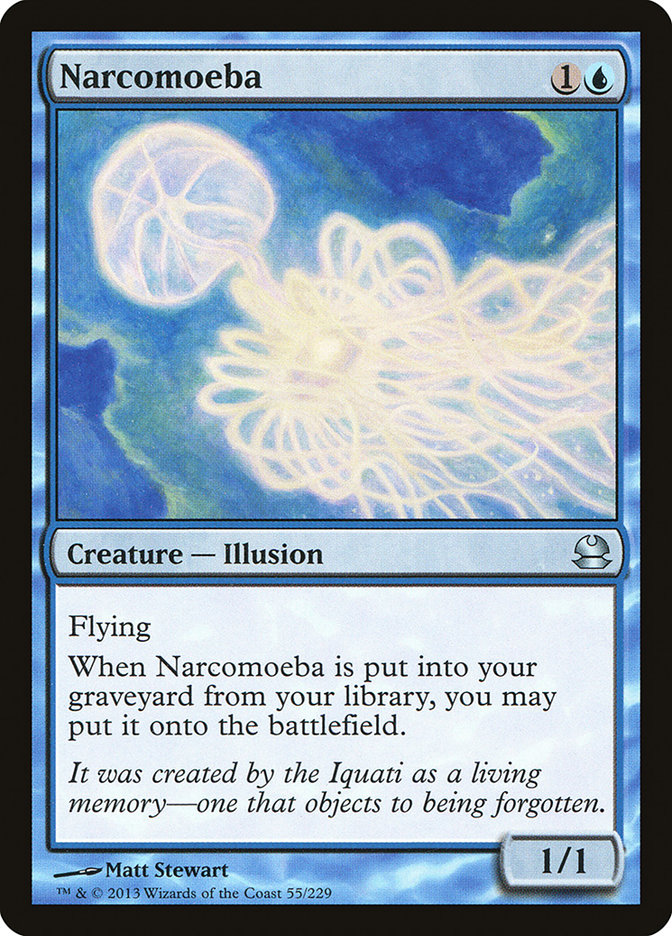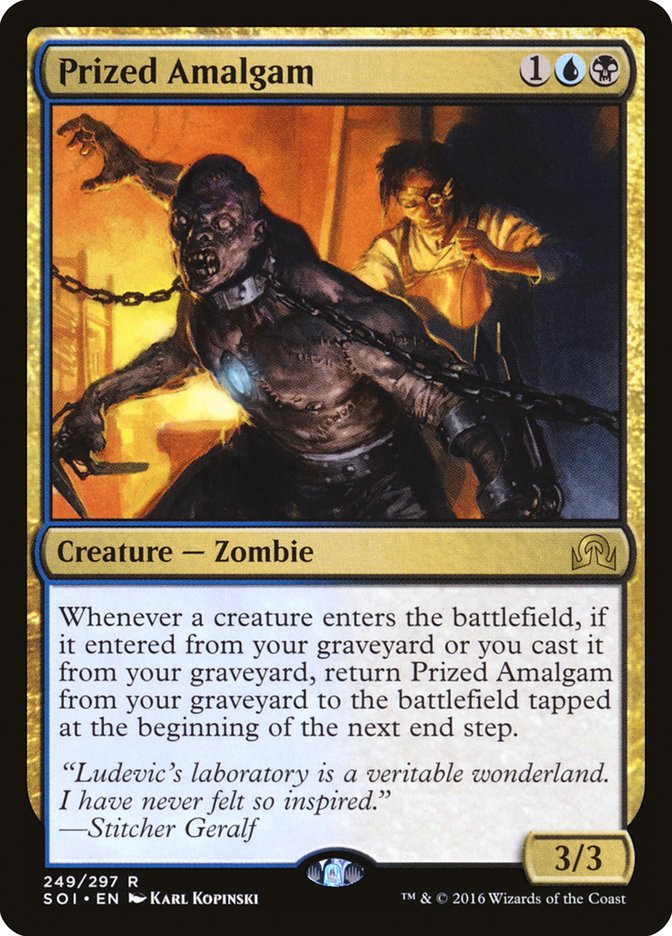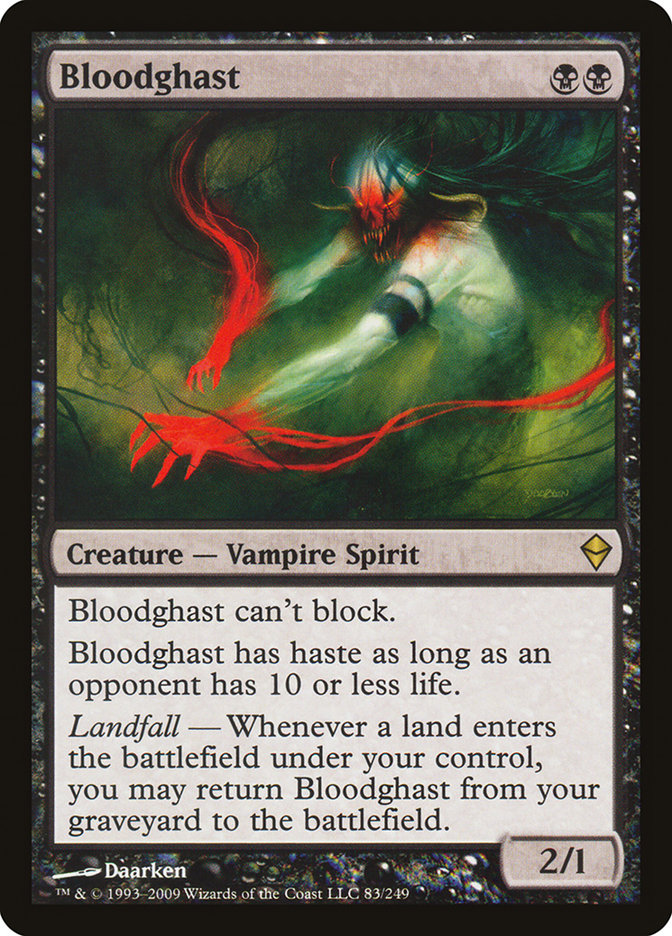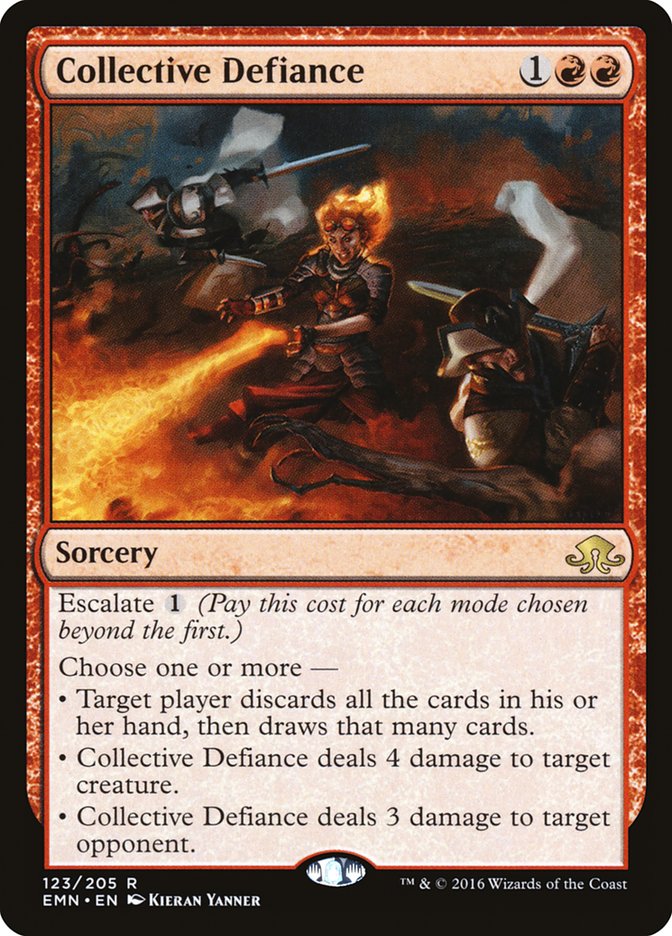With the fallout of #PTEMN swallowing the majority of content this week, I wanted to make it a point to look forward to the next two weeks of Magic events run by StarCityGames.com. This weekend I’ll be attending the Modern Open at #SCGNY, and I’m not going to be playing an archetype I’m known for. Temur Box needs to take a step back. Papa wants to get his hands dirty.
Grab a shovel.
Since the unbanning of Golgari Grave-Troll, people have been trying out all sorts of Dredge variants in Modern. We’ve seen Dredgevine, even before Golgari Grave-Troll was unbanned, simply because the other dredge cards were enough to fuel it. And to be frank, I’m not even sure those cards are necessary to make Dredgevine work. Sure, it helps fuel the graveyard so you can find your combo pieces more easily, but Dredgevine was more like a fair deck than a combo deck. It just happened to revolve around the graveyard.
But as we explore graveyard strategies further, you’ll start to notice that there are a few cards in Modern that are particularly reminiscent of older dredge mechanics. Sacrificing creatures was a big part of old-school Dredge decks, but Dread Return is banned and Cabal Therapy isn’t legal, so that leaves us with very few tools to work with. Some have tried Drowned Rusalka, while others have moved towards Viscera Seer.
Until the unbanning of Golgari Grave-Troll, I didn’t really give these decks a second thought. Sure, they were fine, were they fast enough to beat combo decks? Were they resilient enough to beat control decks? And were there enough tools at their disposal to really abuse the various graveyard mechanics? I would have said no, until now.
Creatures (28)
- 4 Golgari Grave-Troll
- 2 Golgari Thug
- 2 Stinkweed Imp
- 4 Greater Gargadon
- 4 Narcomoeba
- 4 Bloodghast
- 4 Prized Amalgam
- 4 Insolent Neonate
Lands (18)
Spells (14)
Sideboard

Where we’re at in Modern at the moment is a place where true graveyard hate doesn’t exist. With Snapcaster Mage being in nearly every control deck, cards like Rest in Peace and Grafdigger’s Cage have seen a significant drop in popularity. Leyline of the Void isn’t around much anymore, and even Relic of Progenitus has seen a drop. You can make up a lot of excuses why these things are happening, but mostly people just don’t respect true graveyard degeneracy.
And why should they?
Graveyard hate doesn’t beat Goryo’s Vengeance decks, thanks to Through the Breach. Dredgevine and other graveyard-based creature decks don’t see much play. And the fact that everyone is only barely using the graveyard as a resource makes having dedicated graveyard hate a bit awkward. We’re much more used to seeing pinpoint attacks like Surgical Extraction, since it is so efficient alongside Snapcaster Mage, but cards like Surgical Extraction just don’t cut it against this new Dredge monstrosity.
And until we get to the point where stuff like Rest in Peace is everywhere, I’m going to play Dredge. It’s that good! Today I’ll look over the Dredge deck, poking at ways to improve it. There are a lot of potential additions to the deck, but mostly I just want to make sure I leave no stone unturned. With such a large format to explore, finding that one needle in the haystack will be difficult, but not impossible.
A Second Look
Before we get into the potential addition of new cards to the deck, let’s talk about the 75 that Justin O’Keefe brought to the table. The first thing that stands out in my mind is the 2-2 split between Golgari Thug and Stinkweed Imp. Against a lot of decks, the combination of Golgari Thug and Narcomoeba, combined with a Bridge from Below in the graveyard, is going to be difficult to top. Two blockers each turn, one flying and one on the ground, is going to make life difficult for any deck trying to attack you with creatures. But there is a significant difference between “dredge 4” and “dredge 5,” so the real question is this: is the combination of Golgari Thug and Narcomoeba better than losing one point of dredge? In my opinion, Golgari Thug is a better choice and should likely be maxed out instead of Stinkweed Imp.
I was also impressed with Conflagrate when I played against the deck. I didn’t realize it only had one copy in the maindeck, which seems a bit strange. One thing the Dredge deck has a lot of is dead cards in hand. You replace your draw with some stuff that doesn’t really matter, and you end up with a hand of uncastable, undesirable cards. Conflagrate not only lets you put those cards into your graveyard, where they belong, but also helps alleviate some of the pressure put on you by stuff like Scavenging Ooze. At the very least, I would like to see one more copy in the deck, but my gut is telling me that three is the right answer.
Shriekhorn is next up on the list, but I honestly have no idea if this one even deserves a slot. In reality, you’re spending one mana to mill six cards. Is that an effect that dredge wants? If we move towards something a bit slower but more powerful, I could see Shriekhorn getting cut completely. Since I’ve only played five or so games with the deck so far, I don’t want to trim stuff without more knowledge, and every piece of the puzzle should matter. The real question is whether or not we can find something a little bit better and what adding that card (or those cards) will do to the rest of the deck. For example, moving from Shriekhorn to Hedron Crab would require alterations to the manabase, and I don’t want to go that far just yet.
I like this card in theory, as it allows you kill your opponent out of nowhere and helps if you’re in a racing situation against a combo deck. It is also just a singleton, so having one in your deck isn’t much of a drawback, but a single slot in a deck like Dredge is invaluable. So many people who are Dredge fanatics in Legacy (or old Extended, for that matter) argued tirelessly over the Dread Return targets, and most concluded that playing only one or two was correct.
While we aren’t arguing the merits of Dread Return and those versions are significantly different from this one, many of the arguments can be used here. A single Rally the Peasants is nearly equivalent to Flame-Kin Zealot in terms of arguing slots.
However, Rally the Peasants has a significantly weaker effect than Flame-Kin Zealot. The truth is I don’t know if Rally the Peasants is good enough or not, but I think it could easily be replaced with another Conflagrate and I wouldn’t miss it much. When that is the case in a deck like Dredge, I tend to lean towards cutting those types of cards in favor of less power but more utility.
The Ones I Love
This is the biggest addition to the deck that makes me think Dredge is a serious contender. Not only is it a small investment for such a huge effect, but it gives you access to Bridge from Below. Not many Dredge variants in the last few years have bothered with Bridge from Below because it forces you to play some sub-par sacrifice outlet. Those sacrifice outlets were clunky or just plain bad cards in an otherwise powerful archetype. If your opponent could kill your sacrifice outlet, it makes their sweeper effects like Anger of the Gods that much better.
But Greater Gargadon isn’t a sacrifice outlet that sits on the battlefield, and it even allows for some pretty busted stuff with Dakmor Salvage. Making a few Zombies each turn with Bloodghast while also making sure you can draw a land every turn is just disgusting. And each turn you Dredge, even if it’s just for two cards, you’re able to start finding other nuisances like Narcomoeba or Conflagrate.
But Greater Gargadon transcends what we’ve come to expect from a deck like Dredge. Not only do we have a powerful effect that allows us to utilize Bridge from Below, it can also protect our recurring creatures from Anger of the Gods and Path to Exile. We also have a threat that can attack from an angle outside the graveyard (and hard). I was excited to try out Greater Gargadon in Dredge decks a few months ago but ultimately never had the desire to move away from Snapcaster Mage. Now, after seeing the deck in action, I’m pumped about Greater Gargadon and Dredge.
Many of you know I have a strong enthusiasm for anything graveyard-related, so long as you are still playing something similar to a game of Magic. In the past, I’ve hated the fact that Dredge exists, acting more like an Uno deck than a Magic deck. When it feels like your opponent has to bend the laws of time and space to interact with you, you’re not really playing a game of Magic. In actuality, you’re just playing a game of solitaire and hoping no one comes and knocks all your cards off the table.
But when you start putting creatures onto the battlefield that are tough for control decks to kill and putting pressure on your opponent via multiple angles, I’m interested. I like the thought of Prized Amalgam and Bloodghast causing trouble. I like the idea of Narcomoeba seeing play in Modern. For years, Dredge has been considered a mostly dead archetype thanks to the banning of Dread Return and Golgari Grave-Troll when the format was first created. Now we’re finally starting to cook.
And you could even go a step further. I wouldn’t be surprised to see Haunted Dead or any of the “Stitched Together” crew from Innistrad making an appearance. Discard outlets are powerful in any shape or form. Hell, I’ve even considered trying out Phantasmagorian. The truth is that there are many potential new cards you could play, and I don’t know how long it will take us to figure out which ones are the best. It wasn’t difficult to see that Prized Amalgam would be the first, but I’m confident it won’t be the last.
Speaking of new cards…
Changing the Game
Let’s not beat around the bush. Tom Ross thought of this one, and I have to say I’m impressed with how it looks on paper.
Some decks will attack you with Scavenging Ooze or other disruptive creatures. Having an out to those types of nuisances will be useful for a deck like Dredge. However, the biggest upside is the “wheel” option for Collective Defiance. Discarding your hand and then drawing that many cards might not seem all that great…until you realize that you discard before drawing.
If you have a Dredge card or two in your hand before casting Collective Defiance or already have a Dredge card in the graveyard, you might just mill over your entire deck. That means more copies of Narcomoeba, more copies of Prized Amalgam, and more copies of Bridge from Below. And if you already have a Greater Gargadon in suspend mode, you threaten to make an army of Zombies without much trouble.
But Collective Defiance is expensive, in a sense. The Dredge deck doesn’t play too many lands, and it is rare that you’re drawing a random card after the third turn, so hitting a land drop later in the game to cast Collective Defiance is not going to happen often. But Collective Defiance can make a lot of sketchy opening hands much better. Discarding extra copies of Bridge from Below is a big deal, even on top of milling over most of your deck.
But the one aspect of Collective Defiance I love most is making Modern Dredge feel like the Dredge decks of old. Combo-killing your opponents with a Breakthrough proxy is pretty sweet, but the truth is that your deck might need that extra raw power to defeat other combo decks. Right now, Dredge will beat up on just about every “fair” deck in the format, but it could possibly struggle in keeping up with the speed or consistency of other combo decks.
At some point, Dredge doesn’t really feel like playing Magic. And in those cases, you aren’t going to interact with your opponent much. If they’re a glass cannon combo deck, you’re probably going to lose. If they cast a problematic permanent like Elesh Norn, Grand Cenobite, you’re probably going to lose. That is the major issue with Dredge as an archetype. At some point, you might be staring down the barrel of a gun, and there isn’t a single thing you can do about it.
Being the Bad Guy
Playing Dredge in Modern could end up feeling like you’re the villain in a B-movie. Your deck isn’t functioning on the same axes of other decks in the format, even though it is parading around like it’s an aggro deck. But screw it. Modern is full of decks that are much more terrifying than Dredge, mostly because they are faster.
But I do think Dredge will be consistent and powerful, which is a strong combination in such a vast format. There are so many polarizing decks that people are trying to beat, Dredge could go largely ignored for months before people start to really catch on. In fact, me writing about Dredge should be considered a poor choice, given that its strength relies on the fact that it isn’t on people’s radar.
But when I see a deck perform like Dredge and so few people are actually talking about it, I think it should be my duty as a content provider to show you the “next big thing.” After all, I hate the whole “information black hole” that happens right before a Pro Tour, and keeping anything in the holster would be hypocritical. Regardless, telling you about the deck and giving you a chance to decide for yourself is my job. I’d be doing you a disservice by holding anything back.
With two major Modern events coming up in the next two weeks, this is the most important time for you to be informed about the format. And after watching Dredge just obliterate a Modern Classic in the hands of Justin O’Keefe a few weeks ago, I’m a believer. I’ve been playing Temur variants for months now, so me putting that down in favor of something as radical as Dredge should be argument enough.
We’re not quite there yet with the list, but we’re close. I take no credit for where the deck is now. Some very smart people have done most of the hard work. Now it’s up to us to make Dredge as good as it can be…so that Wizards of the Coast can ban something in the next few months.
Wow, Modern is great!



